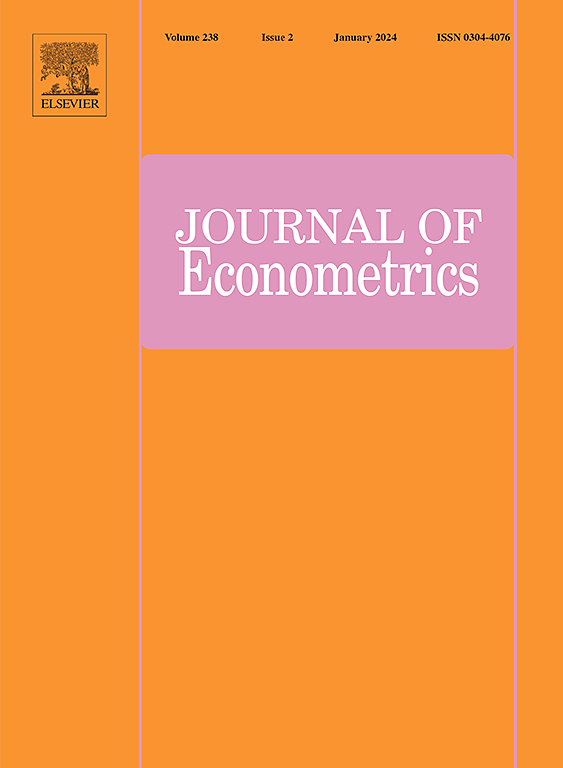交错治疗设计中双向固定效应估计器的比较分析
IF 4
3区 经济学
Q1 ECONOMICS
引用次数: 0
摘要
双向固定效应(TWFE)是一种灵活且广泛使用的估计治疗效果的方法,已经提出了几种用于交错治疗设计的TWFE估计方法。本文重点关注Borusyak等人(2024)和Wooldridge(2021)引入的扩展TWFE估计器,并将其与其他TWFE估计器进行比较。主要的贡献是推导了一个连接扩展TWFE估计量和差中差估计量的方程。这个等价提供了扩展TWFE估计的组件的透明分解。结果表明,扩展的TWFE估计由两个不同的部分组成:一个捕获有意义的比较和残差项。本文概述了确定治疗效果所需的假设。与以前的文献一致,研究结果表明,扩展的TWFE估计依赖于跨越多个时期的平行趋势假设。此外,举例比较了违反平行趋势假设的TWFE估计量。结果表明,没有一个估计器优于其他估计器。TWFE估计量的选择取决于感兴趣的参数和经验应用的特征。本文章由计算机程序翻译,如有差异,请以英文原文为准。
A comparative analysis of two-way fixed effects estimators in staggered treatment designs
Two-way fixed effects (TWFE) is a flexible and widely used approach for estimating treatment effects, and several TWFE estimators have been proposed for staggered treatment designs. This paper focuses on the extended TWFE estimator, introduced by Borusyak et al. (2024) and Wooldridge (2021), and compares it with alternative TWFE estimators. The main contribution is the derivation of an equation that connects the extended TWFE estimator with the difference-in-differences estimator. This equivalence provides a transparent decomposition of the components of the extended TWFE estimand. The results show that the extended TWFE estimand consists of two distinct components: one that captures meaningful comparisons and a residual term. The paper outlines the assumptions required to identify treatment effects. In line with previous literature, the findings show that the extended TWFE estimator relies on a parallel trends assumption that extends across multiple periods. Additionally, illustrative examples compare the TWFE estimators under violations of the parallel trends assumption. The results suggest that no single estimator outperforms the others. The choice of the TWFE estimator depends on the parameter of interest and the characteristics of the empirical application.
求助全文
通过发布文献求助,成功后即可免费获取论文全文。
去求助
来源期刊

Journal of Econometrics
社会科学-数学跨学科应用
CiteScore
8.60
自引率
1.60%
发文量
220
审稿时长
3-8 weeks
期刊介绍:
The Journal of Econometrics serves as an outlet for important, high quality, new research in both theoretical and applied econometrics. The scope of the Journal includes papers dealing with identification, estimation, testing, decision, and prediction issues encountered in economic research. Classical Bayesian statistics, and machine learning methods, are decidedly within the range of the Journal''s interests. The Annals of Econometrics is a supplement to the Journal of Econometrics.
 求助内容:
求助内容: 应助结果提醒方式:
应助结果提醒方式:


